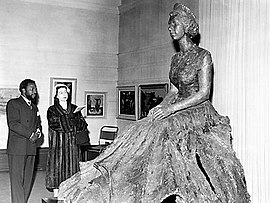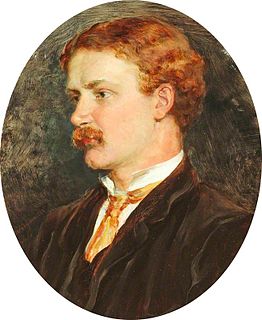
Sir William Hamo Thornycroft was an English sculptor, responsible for some of London's best-known statues, including the statue of Oliver Cromwell outside the Palace of Westminster. He was a keen student of classical sculpture and was one of the youngest artists to be elected to the Royal Academy, in 1882, the same year the bronze cast of Teucer was purchased for the British nation under the auspices of the Chantrey Bequest.

Sir Joseph Edgar Boehm, 1st Baronet, was an Austrian-born British medallist and sculptor, best known for the "Jubilee head" of Queen Victoria on coinage, and the statue of the Duke of Wellington at Hyde Park Corner. During his career Boehm maintained a large studio in London and produced a significant volume of public works and private commissions. A speciality of Boehm's was the portrait bust; there are many examples of these in the National Portrait Gallery. He was often commissioned by the Royal Family and members of the aristocracy to make sculptures for their parks and gardens. His works were many, and he exhibited 123 of them at the Royal Academy from 1862 to his death in 1890.
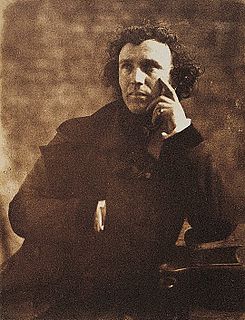
Sir John Robert Steell was a Scottish sculptor. He modelled many of the leading figures of Scottish history and culture, and is best known for a number of sculptures displayed in Edinburgh, including the statue of Sir Walter Scott at the base of the Scott Monument.

Edith Agnes Kathleen Young, Baroness Kennet, FRBS was a British sculptor. Trained in London and Paris, Scott was a prolific sculptor, notably of portrait heads and busts and also of several larger public monuments. These included a number of war memorials plus statues of her first husband, the Antarctic explorer Captain Robert Falcon Scott. Although the Oxford Dictionary of National Biography describes her as "the most significant and prolific British women sculptor before Barbara Hepworth", her traditional style of sculpture and her hostility to the abstract work of, for example Jacob Epstein and Henry Moore, has led to a lack of recognition for her artistic achievements.
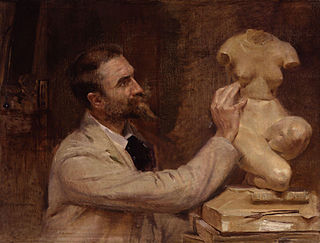
Edward Onslow Ford was an English sculptor. Much of Ford's early success came with portrait heads or busts. These were considered extremely refined, showing his subjects at their best and led to him receiving a number of commissions for public monuments and statues, both in Britain and overseas. Ford also produced a number of bronze statuettes of free-standing figures loosely drawn from mythology or of allegorical subjects. These 'ideal' figures became characteristic of the New Sculpture movement that developed in Britain from about 1880 and of which Ford was a leading exponent.

František Bělský was a Czech sculptor.

Sir Alfred Gilbert was an English sculptor. He was born in London and studied sculpture under Joseph Boehm, Matthew Noble, Édouard Lantéri and Pierre-Jules Cavelier. His first work of importance was The Kiss of Victory, followed by the trilogy of Perseus Arming, Icarus and Comedy and Tragedy. His most creative years were from the late 1880s to the mid-1890s, when he created celebrated works such as a memorial for the Golden Jubilee of Queen Victoria and the Shaftesbury Memorial Fountain.

Sir William Reid Dick was a Scottish sculptor known for his innovative stylisation of form in his monument sculptures and simplicity in his portraits. He became an Associate of the Royal Academy in 1921, and a Royal Academician in 1928. Dick served as president of the Royal Society of British Sculptors from 1933 to 1938. He was knighted by King George V in 1935. He was Sculptor in Ordinary for Scotland to King George VI from 1938 to 1952 then held the post under Queen Elizabeth until his death in 1961.
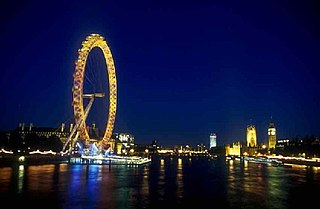
The Golden Jubilee of Elizabeth II was the international celebration held in 2002 marking the 50th anniversary of the accession of Queen Elizabeth II on 6 February 1952. It was intended by the Queen to be both a commemoration of her 50 years as monarch and an opportunity for her to officially and personally thank her people for their loyalty.
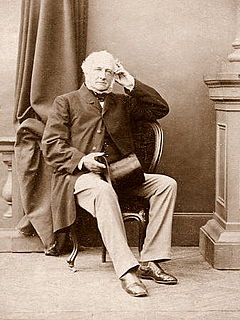
Baron Pietro Carlo Giovanni Battista Marochetti was an Italian-born French sculptor who worked in France, Italy and Britain. He completed many public sculptures, often in a neo-classical style, plus reliefs, memorials and large equestrian monuments in bronze and marble. In 1848, Marochetti settled in England, where he received commissions from Queen Victoria. Marochetti received great recognition during his lifetime, being made a baron in Italy and was awarded the Legion of Honour by the French government.

Sir Edgar Bertram Mackennal, usually known as Bertram Mackennal, was an Australian sculptor and medallist, most famous for designing the coinage and stamps bearing the likeness of George V. He signed his work "BM".
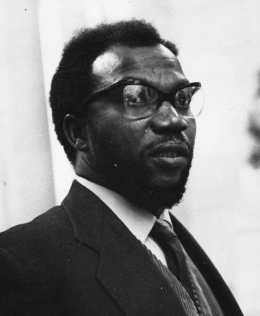
Odinigwe Benedict Chukwukadibia Enwonwu MBE, better known as Ben Enwonwu, was a Nigerian painter and sculptor. Arguably the most influential African artist of the 20th century, his pioneering career opened the way for the postcolonial proliferation and increased visibility of modern African art. He was one of the first African artists to win critical acclaim, having exhibited in august exhibition spaces in Europe and the United States and listed in international directories of contemporary art. Since 1950, Enwonwu was celebrated as "Africa's Greatest Artist" by the international media and his fame was used to enlist support for Black Nationalists movement all over the world. The Enwonwu crater on the planet Mercury is named in his honour.

Chinwe Ifeoma Chukwuogo-Roy MBE was a visual artist who was born in Awka (Oka), Anambra state, Nigeria, but spent much of her young life in Ikom on the Cameroon border, before moving back to the family home at Umubele in Awka. She lived in Britain from 1975. Her paintings, prints and sculptures are predominantly figurative, in the genres of portraiture, still-life, landscape and narrative subjects. She won international attention in 2002 for being the first of only two Nigerian artists to have been allowed to paint official portraits of Queen Elizabeth II.

George Henry Paulin, often called Harry Paulin, or 'GHP' was a Scottish sculptor and artist of great note in the early 20th century.

Joseph Durham was an English sculptor.

A statue of Queen Victoria stands near Kensington Palace. It was sculpted by Victoria's fourth daughter Princess Louise, Duchess of Argyll and erected in 1893. The statue was made from white marble on a Portland stone base. It depicts Victoria aged 18, seated in her coronation robes, resembling the painting of Victoria at her coronation by Sir George Hayter. The statue received a Grade II listing in 1969.
Susan Durant Durant was a British artist and sculptor. She was one of the first female sculptors to achieve critical and financial success in Victorian Britain. Durant created a substantial body of work, often in marble and featuring characters from English literature or the Bible, but much of which has been lost.
Anyanwu is a bronze sculpture created by the Nigerian artist Ben Enwonwu between 1954 and 1955. It is a representation of the Igbo mythological figure and earth goddess Ani. It was created to mark the opening of the Nigerian National Museum in Lagos in 1956 and is still on display outside the museum. A life size version of the piece was presented to the United Nations by Nigeria in 1966 and is displayed in the Headquarters of the United Nations in New York City. Several subsequent smaller editions of the piece have since been created.
The Nigerian artist Ben Enwonwu created a series of wooden sculptures for the London headquarters of the Daily Mirror in 1961. The sculptures subsequently disappeared from the newspaper's headquarters and were rediscovered and sold at auction in 2013.
